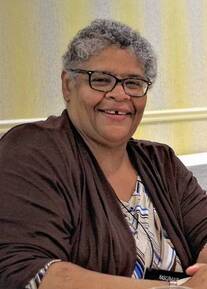
Listen to the episode using the above player or by clicking the link to your preferred podcast platform below: Darcy Fernandes has been working in K-12 education for 25 years. She started her career as a social studies teacher. Ms. Fernandes then moved to become principal of Roosevelt Middle School in New Bedford where she stayed for 5 years. Her major accomplishment in this position was establishing the Amigo Center for parent support with particular emphasis in interpretation and care for ELL families. In addition, Ms. Fernandes began a program called Bridges with the President of Bridgewater State University, 150 students each year received college readiness training and academic support in math, science and ELA. Students recruited for the program were identified as at-risk students. The program is still in existence today. Ms. Fernandes is now the Superintendent of the Athol Royalston Regional School District where she is working to turnaround two schools within the district. Ms. Fernandes has spent her career working in districts with high numbers of low-income families and many of the districts she has worked in have had a high number of minority and ELL students. Ms. Fernandes has come from a background of family members who have advocated for civil rights. It is her honor and privilege to continue this legacy. She is not afraid to speak up for the rights of individuals even when it may not be popular. Treat the Root of the Problem One of the biggest misconceptions Darcy hears about helping low income students or students of color is to keep providing resources and funding without trying to fix the root of the problem. She sees this as inefficient because racism and inequity are continuing to harm multiple schools, teachers and students for every ONE that is supplied with resources. In her mind, it’s a matter of dismantling these structures of oppression if we want things to change for the future. Although Darcy attended an integrated elementary school, the systems were not set up to support the needs of all students. She remembers feeling ‘othered’ along with other students of color. There was a lack of care that went into teaching BIPOC students compared to white students. It wasn’t until college that she had a teacher who wasn’t white. There was no one that she could relate to in a sense. “So for me, I went into education with the understanding of ‘what were these structures about and how could I work to change them?’ so that more kids feel inclusive in school.” We Can Fix This Together Darcy has found through her work that time and time again, there’s a disparity in the funding that schools receive. The schools with white students that come from middle to high class backgrounds typically receive more money than the schools with lower income students. Not to mention, there are AP classes and college level classes being offered only to certain students without any opportunity to help other students master the skills needed to take those courses. Another issue that’s been identified is the lack of inclusivity in textbooks and the lack of diverse thinking. There is always more than one way to approach a subject or event, so why only teach one way of thinking? Being a teacher or school leader who wants to help their students of color shouldn’t stop at the school level. We need to embrace an activist role in order to really take down the structures that hold back many of our students. This means advocating for better policy on a district level or a community/city level. So if we want to bridge the gaps and create better schools for everyone, these are some of the issues we need to focus on. Sharing leadership and involving the community to become part of the solution was a no-brainer for Darcy. She started with having instructional leadership teams go to various schools to observe what was working and what wasn’t. These teams would then meet to talk about what needed to be changed. Recently, she has invited any teacher, student, family member, or community member to join the district's strategic planning process. She believes that giving everyone a seat at the table makes it much easier to figure out why things are happening the way they are. It is also good to have multiple perspectives on a matter so that the plans made in the future minimize the bias. Deciding how to teach during COVID building closures was one example of how the community has collectively decided how to move forward. “We found a really good solution that worked for everyone. And we kept the majority of our kids engaged the whole school year because of that.” What is the Data Telling You? When you pay attention to the data, it tells you a story. It shows you who’s benefiting, who isn’t and so on. Each person in a community will interpret it differently and that’s why we need multiple perspectives at the decision-making table. It’s possible to use those different ideas to form a plan that will work for everyone; a plan that incorporates multiple pieces and voices is just what a school needs to help it’s students thrive! To dive deeper into learning how to engage students, I have great news! You can register for my free 1 hour masterclass HERE or below. For more, check out my Curriculum Boot Camp course or the “Just the Protocols” module now so you can create your own project-based units grounded in justice in no time at all! Continue the conversation below in the comment section and join our community of educational visionaries on Instagram, LinkedIn, and Facebook. Until next time leaders, continue to think big, act brave, and be your best self.
0 Comments
Leave a Reply. |
Details
For transcripts of episodes (and the option to search for terms in transcripts), click here!
Time for Teachership is now a proud member of the...AuthorLindsay Lyons (she/her) is an educational justice coach who works with teachers and school leaders to inspire educational innovation for racial and gender justice, design curricula grounded in student voice, and build capacity for shared leadership. Lindsay taught in NYC public schools, holds a PhD in Leadership and Change, and is the founder of the educational blog and podcast, Time for Teachership. Archives
May 2024
Categories |
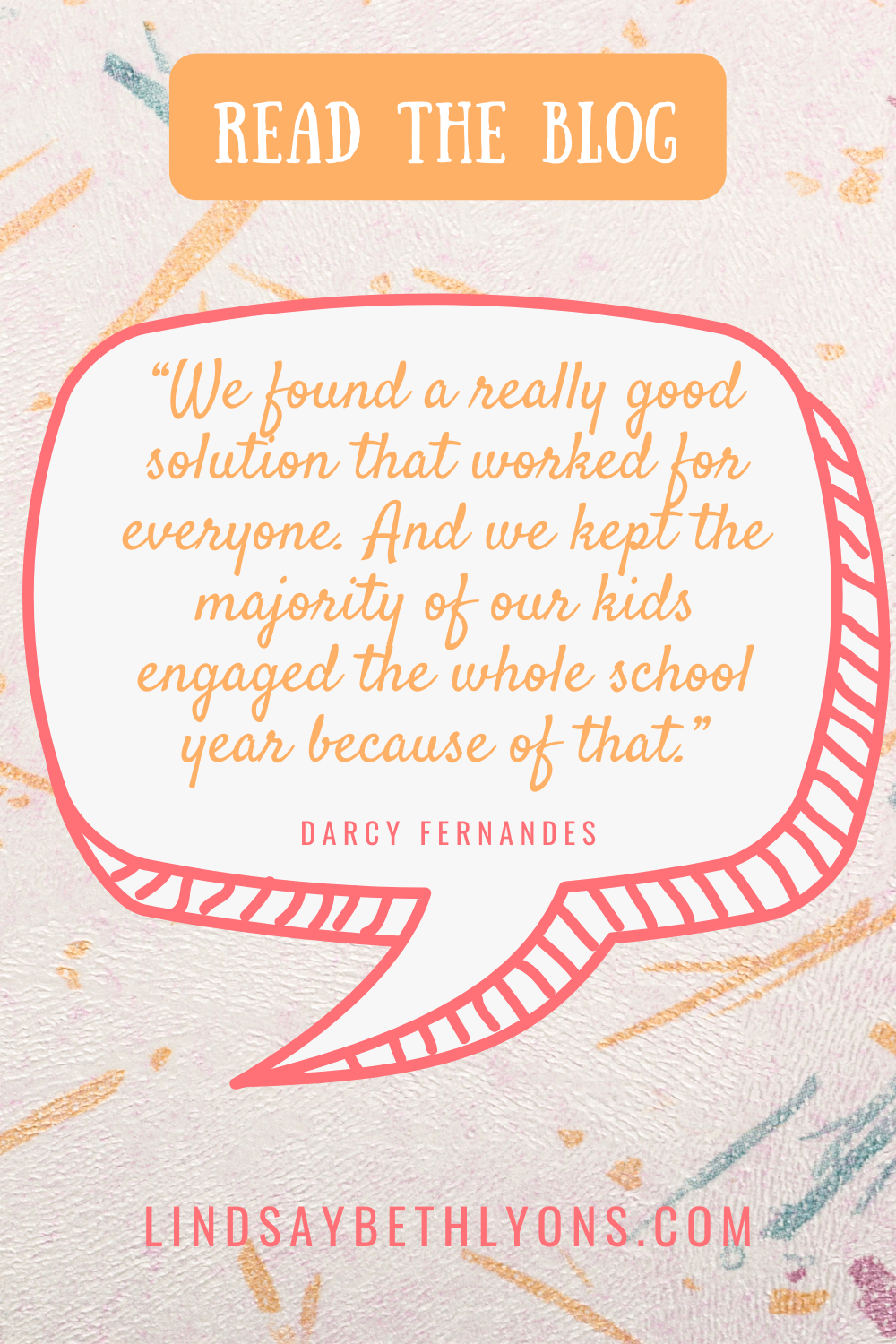
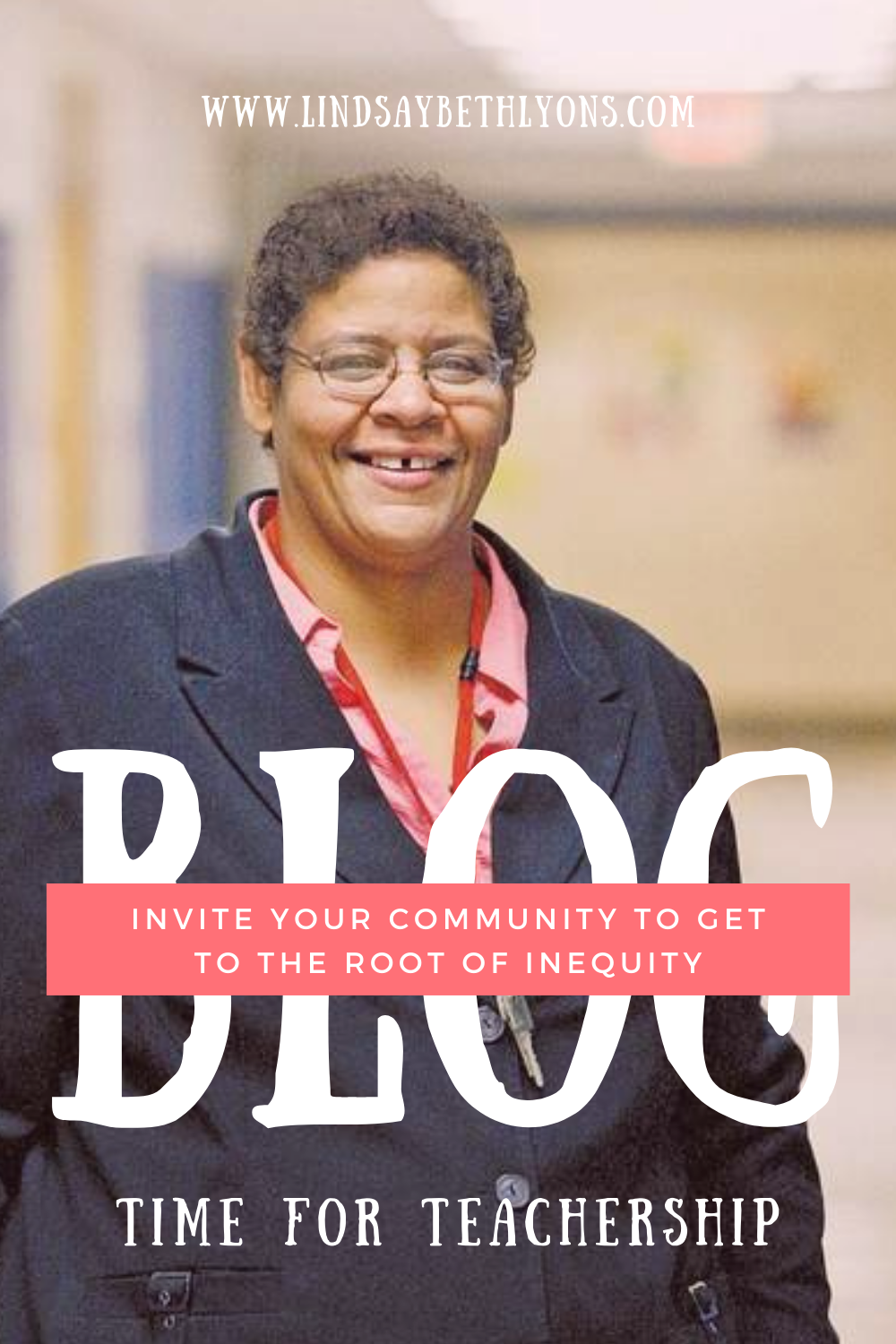
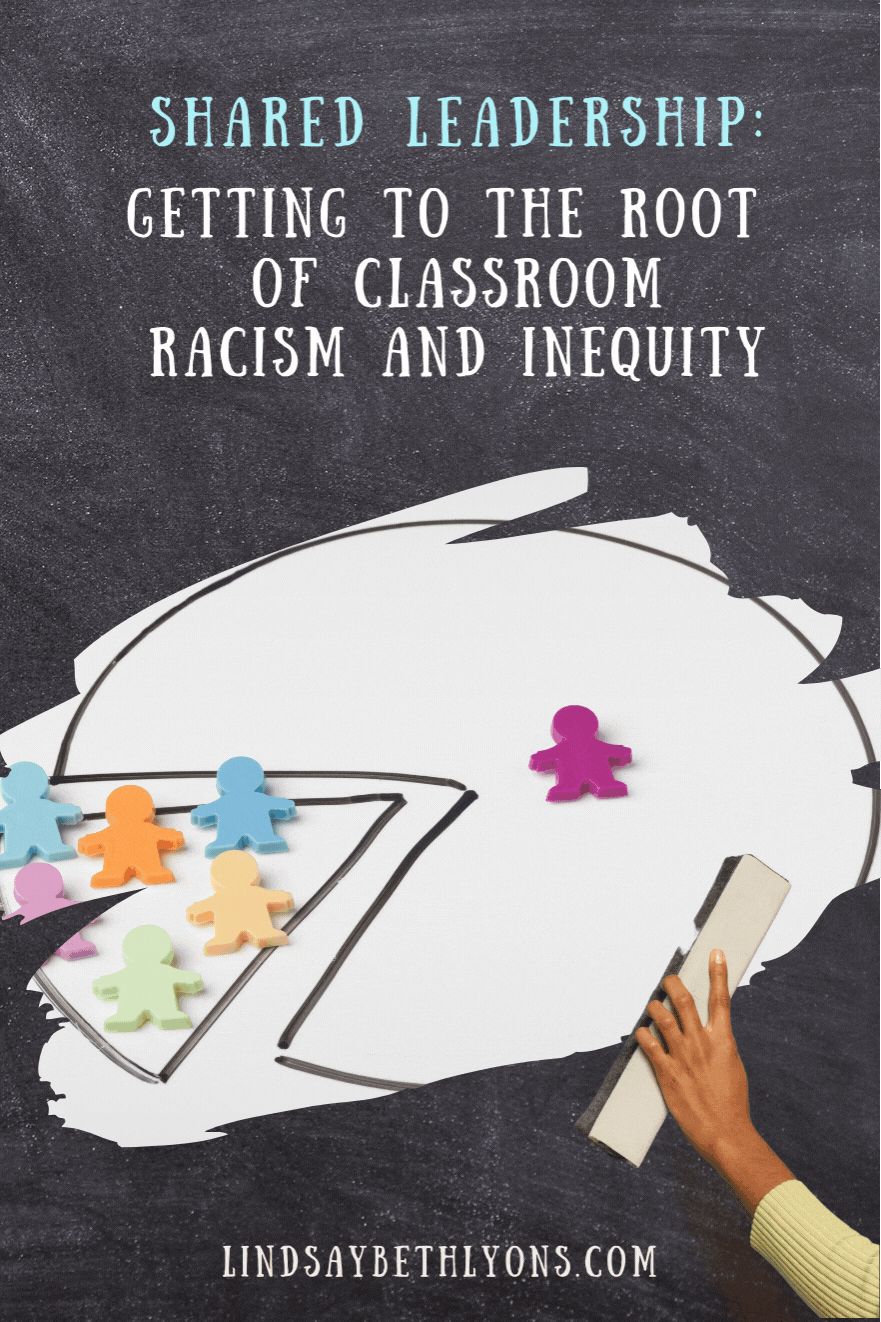

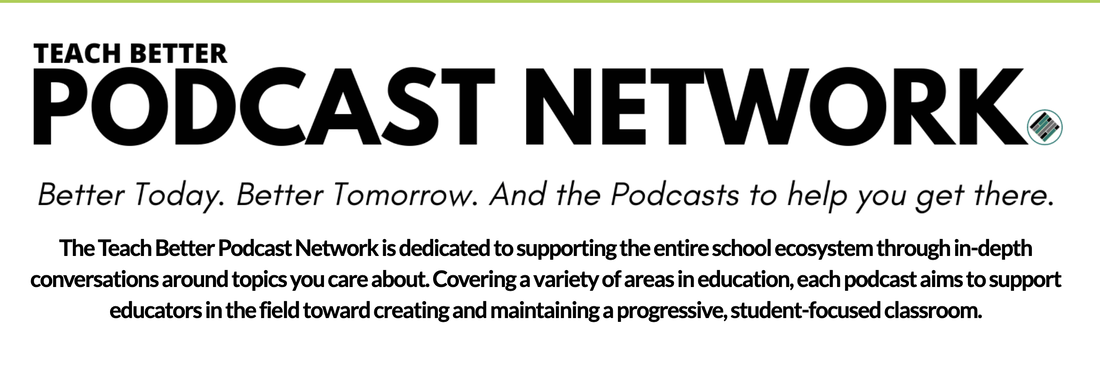
 RSS Feed
RSS Feed